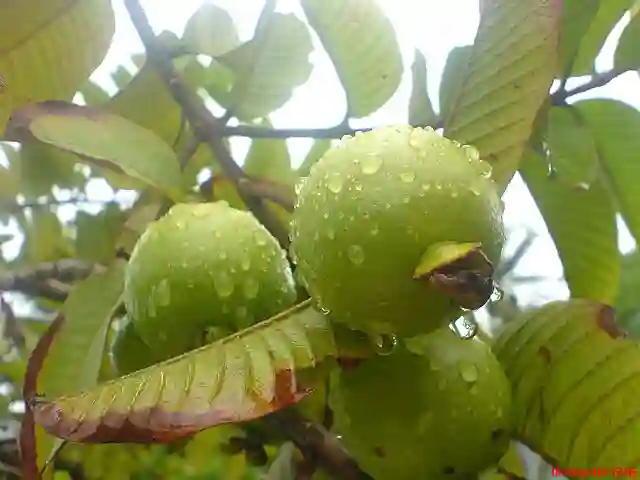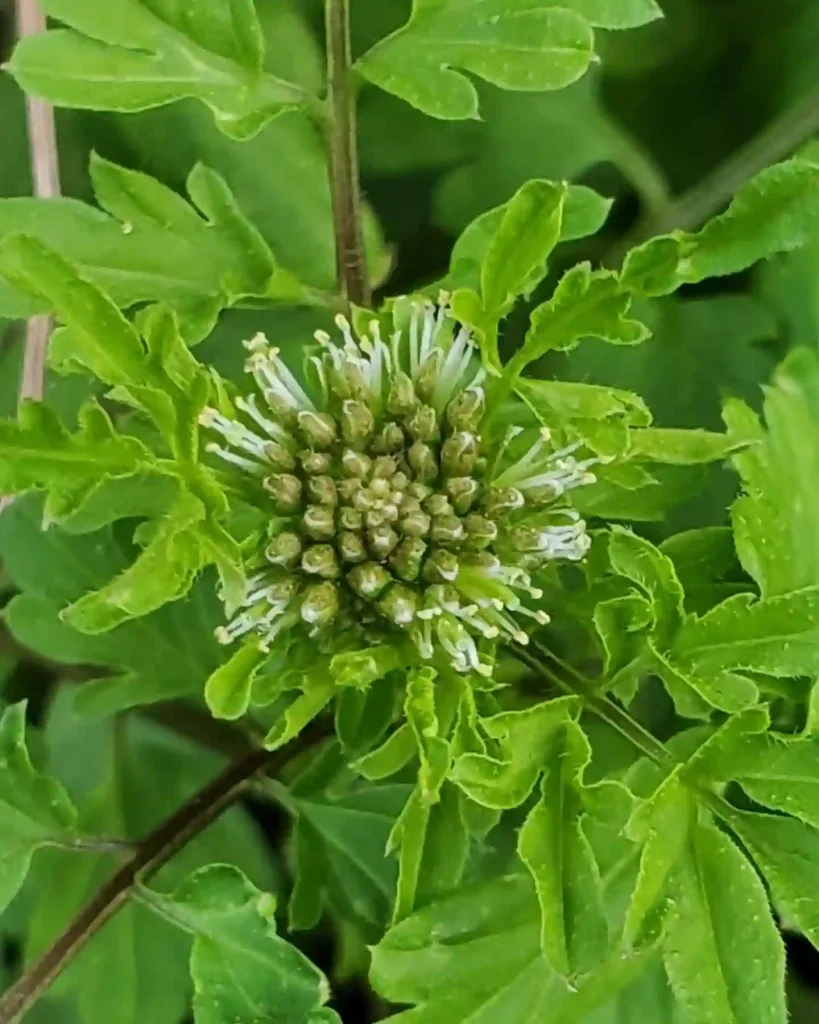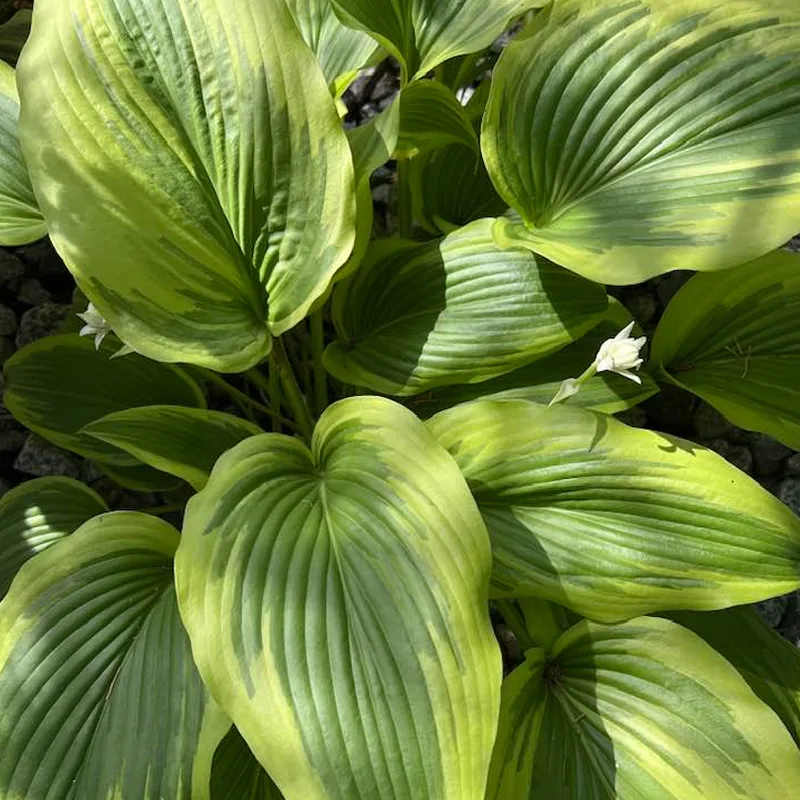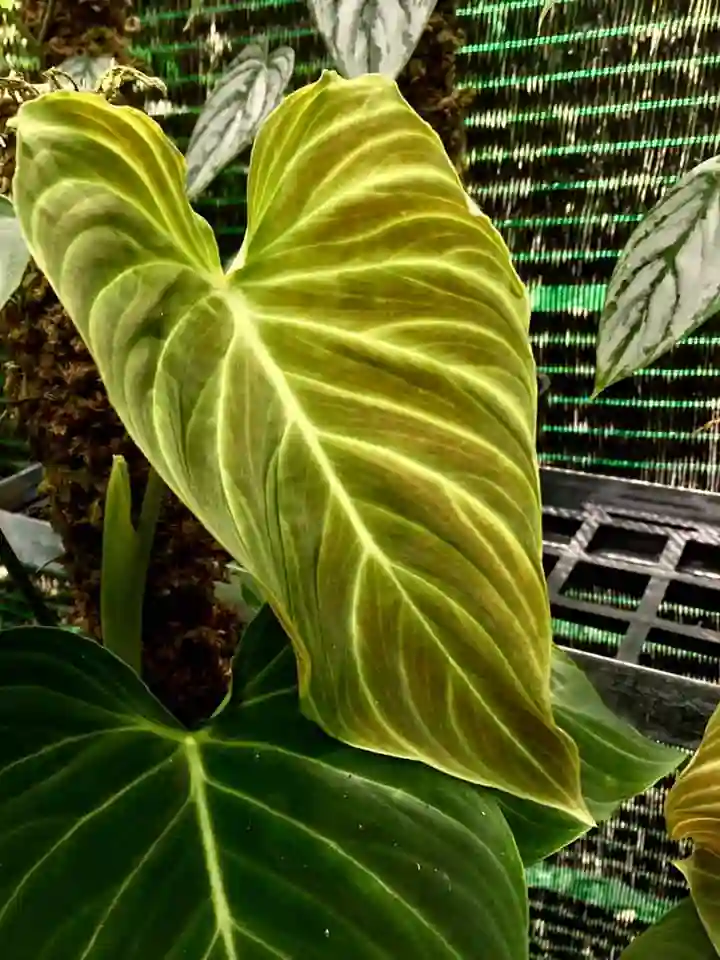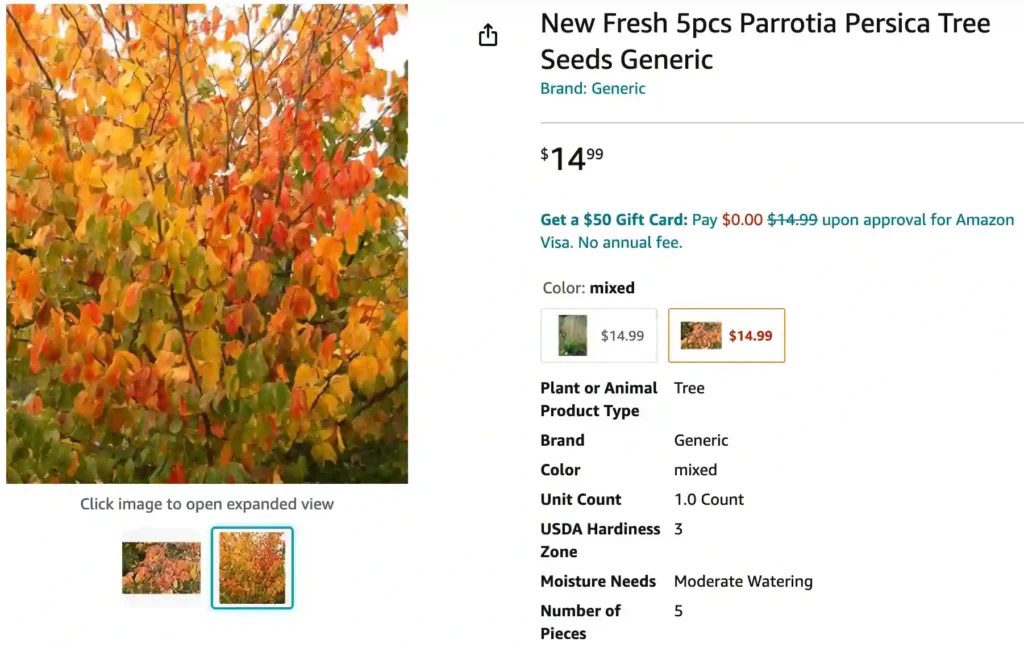
Unveiling the Allure of the Persian Ironwood: A Gardener’s Guide to Parrotia persica
For the past few years, I’ve been on a mission to cultivate a garden that transcends the typical. Sure, roses and marigolds have their charm, but I crave unique specimens that spark conversation and stop visitors in their tracks. Enter the captivating Parrotia persica, also known as the Persian Ironwood. This deciduous wonder has become a prized possession in my backyard haven, and I’m here to share its magic with you.
2 Species in Genus Parrotia
Parrotia persica isn’t your average tree. Native to the Caspian region of Iran and Azerbaijan, it boasts a fascinating backstory. Named after Friedrich Parrot, a German naturalist, this ironwood stands out for its resilience and adaptability. But what truly stole my heart was its multi-seasonal display. From the fiery hues of autumn to the subtle elegance of its winter blooms and captivating bark, the Persian Ironwood offers a year-round spectacle.
How to plant Parrotia Persica?
Adding a Parrotia persica to your garden is a rewarding experience. But before you dash off to the nearest nursery, there are a few things to consider.
Finding the Perfect Spot: This beauty thrives in full sun to partial shade. Aim for well-drained soil, as it dislikes soggy conditions. Amending clay-heavy soil with compost or sand will ensure happy roots.
Choosing the Right Time: Planting in late fall or early spring, when the tree is dormant, is ideal. This allows the roots to establish themselves before the summer heat arrives.
Planting Process: Dig a hole twice the width of the root ball and slightly deeper. Gently loosen the roots and position the tree so the root flare sits slightly above the soil level. Backfill the hole, tamping down the soil gently to remove air pockets. Water thoroughly and create a berm around the base to retain moisture.
How to care for Parrotia Persica?
With a little TLC, your Persian Ironwood will flourish for years to come. Here’s what it needs to thrive:
Watering: Regular watering is crucial during the first year, especially during hot, dry spells. As the tree matures, it becomes more drought-tolerant.
Feeding: A balanced fertilizer applied in early spring can give your Parrotia persica a boost. However, avoid over-fertilizing, as this can encourage excessive foliage growth at the expense of flowers and fruit.
Mulching: Apply a 2-3 inch layer of organic mulch around the base of the tree to retain moisture, suppress weeds, and regulate soil temperature.
When to Prune Parrotia persica?
While pruning isn’t strictly necessary, it can help maintain the desired shape and size of your Persian Ironwood. The ideal time to prune is in late winter, while the tree is still dormant. Focus on removing dead, diseased, or crossing branches. You can also lightly prune to encourage bushier growth or to control the overall size.
A Tapestry of Companions
The Persian Ironwood isn’t a solitary showstopper. It can be a fantastic addition to a mixed border, adding a touch of elegance and year-round interest. Here are some potential companions to consider:
- Spring-blooming bulbs: Daffodils, tulips, and crocuses create a colorful display beneath the bare branches in early spring.
- Summer perennials: Lavender, catmint, and Russian sage offer fragrant complements and vibrant blooms throughout the summer months.
- Shrubs: Viburnums, hydrangeas, and hollies add texture and seasonal interest.
With its captivating beauty and resilience, the Parrotia persica is a true gem for any garden. By following these simple tips, you can cultivate your own slice of Persia and enjoy the magic of this unique tree for years to come.
If i die, water my plants!
